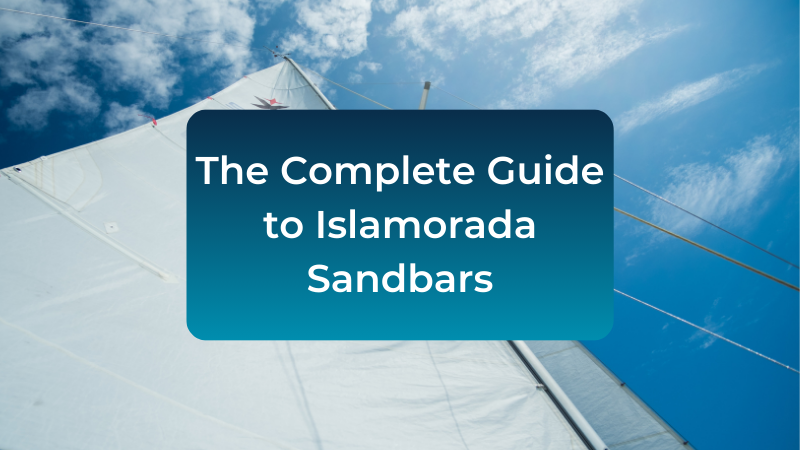
Summary: Your Quick Guide to Islamorada Sandbars
The Islamorada sandbars are some of the most sought-after shallow water hangouts in the Florida Keys, drawing boaters, snorkelers, and social groups eager to soak up sun and good vibes. The most famous is the Whale Harbor Sandbar, often called the Islamorada sandbar or Tiki Bar sandbar, located just off Mile Marker 84. It offers shallow waters ranging from a few inches to about 3 feet deep, perfect for floating and relaxing.
Besides Whale Harbor, Port Antigua Sandbar offers a quieter alternative, favored by locals looking to escape the weekend crowds. Other nearby spots like Twin Sandbar and Mosquito Bank provide additional options for exploring calm shallow flats without traveling far.
Best visited on weekdays or during lower crowd seasons, these sandbars are accessible primarily by boat or kayak. Tide and weather conditions matter, as water depths fluctuate and affect navigation. This guide covers everything you need to know from locations and access tips to safety and etiquette to help you make the most of your day at the sandbars near Islamorada.
Whale Harbor Sandbar (The Islamorada Sandbar)
Location and How to Get There
The Whale Harbor Sandbar, widely known as the Islamorada sandbar or Tiki Bar sandbar, is located just off Mile Marker 84 near the Whale Harbor Channel. It’s one of the most accessible sandbars in the Upper Keys, reachable within minutes by boat or kayak from Islamorada’s mainland marinas and boat launches. GPS coordinates are approximately 24°55′59.9″ N, 80°35′54.7″ W, making navigation easy with modern boating apps like Wavve Boating.
Why It’s the Most Popular Sandbar Near Islamorada
This sandbar’s popularity comes from its ideal shallow water depths, which range from a few inches during low tide to about 3 feet at high tide. The shallow, crystal-clear waters create perfect conditions for floating, swimming, and snorkeling. It’s a social hub where groups gather for floating parties, picnics, and water sports. Its lively atmosphere combined with ease of access attracts locals and tourists alike.
Best Times and Days to Visit
Weekends and holidays tend to bring crowds, so if you’re looking for a more peaceful experience, consider visiting on weekdays or early mornings. Seasonal factors also influence crowd sizes; summer months typically see more visitors, while off-season offers calmer waters and fewer boats. Monitoring tides is crucial since low tide exposes more sandbar area but can make some spots too shallow for larger boats.
Anchoring, Depth, and Safety Tips
Boaters should anchor carefully to avoid damaging the sensitive seagrass beds surrounding the sandbar. Using proper anchoring techniques and choosing sandy patches helps preserve the environment. Depth varies, so it’s important to check local tide charts and use shallow-water navigation aids. Safety is key, be aware of other boats, swimmers, and changing water levels throughout the day.
Port Antigua Sandbar
Location and Accessibility
Port Antigua Sandbar is located on the bay side of Lower Matecumbe Key, just a short boat ride from central Islamorada. It’s less crowded than Whale Harbor, making it a favorite spot for locals seeking a quieter, more relaxed vibe. The sandbar is situated near the private community of White Marlin Beach, so public access is primarily by boat. GPS coordinates are approximately 24°55′15″ N, 80°37′30″ W.
What Makes Port Antigua Sandbar Special
Unlike the bustling Whale Harbor Sandbar, Port Antigua offers a more peaceful atmosphere with calm, shallow waters perfect for families and small groups. It’s an excellent spot for paddleboarding, kayaking, and snorkeling. The sandbar area varies with the tide, revealing sandy flats and shallow pools ideal for wading and exploring marine life.
Navigation and Tide Tips
Tide plays a significant role in accessibility at Port Antigua. Low tides expose more sandy areas but can limit boat draft options. The sandbar is surrounded by seagrass beds, so boaters should navigate carefully and use proper anchoring techniques to avoid damaging the environment. The area is best accessed during mid to high tide for easier boat maneuvering.
Comparing Port Antigua to Whale Harbor
Port Antigua is less crowded and more serene, appealing to those who want a break from the party scene. It’s also less commercialized, lacking the floating bars and large social gatherings common at Whale Harbor. For visitors seeking tranquility and natural beauty near Islamorada, Port Antigua is an excellent choice.
Other Nearby Sandbars Worth Visiting
Mosquito Bank Sandbar
Mosquito Bank is a cluster of shallow sandbars located just north of Islamorada near Key Largo. These sandbars are favored for their quiet, less crowded environment, making them perfect for boaters and snorkelers looking to escape the busier spots. The water depths vary widely—from a few inches to around 25 feet in nearby deeper channels—offering versatile options for both anchoring and water activities. Mosquito Bank’s clear waters reveal vibrant marine life, including colorful fish and healthy seagrass beds, ideal for snorkeling and nature watching. The area is accessible by boat and kayak, but navigation requires attention to tides and water depth, so using a reliable boating app like Wavve Boating is recommended to avoid shallow hazards.
Twin Sandbar
Twin Sandbar is a smaller, lesser-known sandbar located near Islamorada, prized for its scenic tranquility. It consists of two adjacent sandy flats that create calm, shallow waters perfect for paddleboarding, kayaking, and wading. The sandbar is ideal for families and small groups wanting a peaceful day on the water without the noise of large crowds. Because it is less frequented, visitors often enjoy spotting local wildlife like herons and fish in the clear shallows. Access is best by small boat or kayak due to the shallow surrounding waters, and tides affect how much sand is exposed, so timing your visit around mid to high tide is advisable.
Additional Small Sandbanks
Beyond the well-known spots, Islamorada’s surrounding waters include several smaller sandbanks and shoals that offer quiet, private retreats. These hidden gems are excellent for nature lovers interested in snorkeling, birdwatching, or simply enjoying serene shallow waters. Some sandbanks shift with tides and currents, so they are dynamic and constantly changing in shape and size. Exploration by kayak or shallow-draft boat is recommended, and visitors should always respect local wildlife and adhere to eco-friendly boating practices to protect these fragile ecosystems.
Boating: The Primary Way to Reach the Sandbars
Most visitors reach Islamorada’s sandbars by boat, whether it’s their own, a rental, or a charter. Boating offers the easiest and most flexible way to explore multiple sandbars in a day and access spots that kayaks or paddleboards can’t reach. Local marinas provide a range of rental options, from small motorboats and pontoons to larger vessels perfect for groups. Apps like Wavve Boating help with navigation and shallow-water routes to keep your trip safe and hassle-free.
Kayaking and Paddleboarding
For those looking for a more active, eco-friendly option, kayaking or paddleboarding to nearby sandbars is a fantastic choice. Many of the sandbars are close enough to shore for a day trip by kayak. Paddleboarders enjoy the calm, shallow waters surrounding these spots, offering a peaceful way to experience the natural beauty without the noise of larger boats.
Water Taxis and Local Shuttles
While less common, some local companies offer water taxi services that can drop off and pick up visitors at popular sandbars. This option is ideal if you want to avoid driving or boating yourself but still want to enjoy a day on the sandbars. Check local listings for current water taxi availability and scheduling.
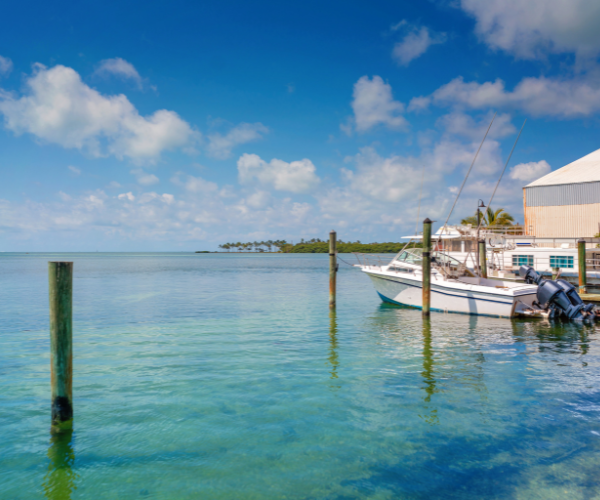
Best Times to Visit the Sandbars Near Islamorada
Seasonal Variations and Crowds
Islamorada’s sandbars see the highest visitor traffic between June and August, coinciding with summer vacation and peak tourist season in the Florida Keys. During this period, weekends at Whale Harbor Sandbar can attract 100 or more boats and several hundred people, creating a lively, party-like atmosphere. The off-season months, especially November through April, bring cooler temperatures and significantly fewer visitors, often under 30 boats on most days, making these months ideal for those seeking tranquility and wildlife spotting.
Weekday vs. Weekend Visits
For the quietest experience, weekdays, especially Tuesday through Thursday, offer the least crowded conditions. Arriving early in the morning, around 8 to 10 a.m., allows you to enjoy the sandbars before crowds build later in the afternoon. On weekends, expect a noticeable jump in boat traffic starting late morning through mid-afternoon, with peak times between noon and 4 p.m.
Tide and Weather Considerations
Tide plays a crucial role in sandbar size and accessibility. At Whale Harbor Sandbar, water depths range from just a few inches at low tide (approximately 0.5 feet) to nearly 3 feet at high tide (around 2.8 feet), affecting where boats can safely anchor. The sandbar’s surface area is largest between mid to high tide when sandy flats are mostly submerged, offering ideal conditions for swimming and floating.
Weather-wise, calm, sunny days with light winds under 10 knots are best for safety and comfort on the sandbars. Summer thunderstorms, common in the afternoons, often arrive suddenly, so planning visits during the morning hours helps avoid weather disruptions. Winter months bring milder, more stable weather but cooler water temperatures.
What to Bring for a Day at the Sandbars
Essentials for Comfort and Safety
Spending a day on the sandbars near Islamorada means preparing for sun, water, and sometimes long hours away from shore. Sunscreen is a must to protect your skin from the strong Florida sun, and a wide-brimmed hat or UV-protective clothing adds extra defense. Water shoes or reef-safe sandals are recommended since some areas have shells or rough patches on the sandbar floor.
Don’t forget to bring plenty of water to stay hydrated, along with snacks or a picnic lunch. Many visitors pack coolers with ice, sandwiches, fresh fruit, and beverages to enjoy while floating or relaxing on the sandbar.
Gear for Fun on the Water
Floats, inflatable loungers, and waterproof speakers are popular for enhancing the sandbar experience. Snorkeling gear is also handy if you want to explore the underwater life around the sandbars, which includes colorful fish and healthy seagrass beds.
For shade, consider portable canopies, umbrellas, or pop-up tents, especially during midday when the sun is strongest. Bringing a beach towel or blanket provides a comfortable spot for resting.
Safety Equipment
Always have life jackets or personal flotation devices available, especially if you’re boating with children or less confident swimmers. A basic first aid kit is useful for minor cuts or scrapes. If you’re boating, don’t forget safety essentials like a fire extinguisher, anchor, and signaling devices.
Sandbar Etiquette and Safety Around Islamorada
Protecting Fragile Seagrass Beds
The seagrass beds surrounding Islamorada’s sandbars are vital habitats for marine life, including juvenile fish, sea turtles, and endangered species like the Florida manatee. Anchoring directly on seagrass damages these beds, so always use sandy patches for anchoring. Many boaters use designated mooring balls when available to minimize environmental impact. Avoid walking or dragging gear over seagrass areas to prevent uprooting and habitat loss.
Responsible Behavior in Crowded Conditions
Whale Harbor Sandbar and other popular spots can host over 100 boats on busy weekends. To keep the experience enjoyable for everyone, maintain respectful distances between boats and avoid excessive noise, especially after sunset. Use biodegradable or reusable cups and containers to reduce litter, and participate in clean-up efforts if you notice trash floating nearby. If you’re hosting a gathering, remind guests about local wildlife and the importance of minimizing their footprint.
Navigational Safety and Awareness
The shallow waters and shifting sandbanks around Islamorada’s sandbars require careful navigation. Use updated charts and apps like Wavve Boating to avoid running aground on shoals or shallow flats. Always monitor tide changes, as low tides can expose hazards or reduce water depth significantly. Swim within designated areas, and stay alert for passing boats. Avoid excessive alcohol consumption when boating or swimming, alcohol-related incidents have been reported in the area and pose serious risks.
Exploring Marine Life Around the Islamorada Sandbars
Rich Biodiversity in Shallow Waters
The shallow waters around Islamorada’s sandbars support a vibrant ecosystem. Seagrass beds act as nurseries for many fish species such as snapper, grunts, and juvenile tarpon. These areas are also frequented by stingrays, sea turtles, and the occasional nurse shark. Snorkelers can often spot colorful parrotfish, angelfish, and other reef inhabitants in the nearby coral patches.
Birdwatching Opportunities
The sandbars and surrounding mangroves attract various bird species. You might see herons, egrets, pelicans, and osprey hunting fish in the shallow waters. During migration seasons, sandbars serve as resting points for migratory birds, making it a great spot for birdwatching enthusiasts.
Conservation and Respect
To preserve this rich marine life, avoid touching or disturbing wildlife. Use reef-safe sunscreen to minimize chemical impact on coral and seagrass. Follow local guidelines that protect endangered species and maintain the natural balance of this delicate environment.
Frequently Asked Questions About Islamorada Sandbars
Where exactly is the Islamorada sandbar located?
The most popular Islamorada sandbar, also known as Whale Harbor Sandbar, is located just off Mile Marker 84 near the Whale Harbor Channel. GPS coordinates are approximately 24°55′59.9″ N, 80°35′54.7″ W. Other sandbars like Port Antigua and Twin Sandbar are nearby within a few miles, easily accessible by boat or kayak.
What is the best time of day or tide to visit?
Mid to high tide offers the best water depth for boating and swimming, typically between 1 to 3 feet deep. Early mornings on weekdays provide the least crowded experience, while weekends and midday afternoons can get very busy, especially in summer months.
Are there any facilities or amenities near the sandbars?
No permanent facilities exist on the sandbars themselves. Visitors should bring everything needed for the day—food, water, shade, and safety gear. Nearby marinas in Islamorada provide boat rentals, fuel, and restrooms before you head out.
Can I anchor my boat overnight at the sandbars?
Overnight anchoring at the sandbars is generally discouraged and may be restricted due to local regulations and environmental concerns. It’s best to return to a marina or designated anchorage area after sunset.
Is alcohol allowed on the sandbars?
Alcohol is commonly enjoyed responsibly on sandbar outings, but excessive drinking is discouraged due to safety risks on the water. Local authorities monitor activity, and open container laws apply while boating.
What should I do if bad weather approaches?
Check weather forecasts before heading out. If storms or high winds develop, return to shore promptly. Sandbars offer little shelter from sudden weather changes, so safety first is essential.
Are pets allowed on the sandbars?
Pets are allowed but should be supervised closely. Keep them hydrated, protected from sun exposure, and always clean up after them to maintain the natural environment.
How crowded do the sandbars get during peak season?
During peak summer weekends, some sandbars like Whale Harbor can host over 100 boats and several hundred people, making them very lively. Off-season and weekdays are much quieter and better for those seeking a peaceful experience.
Final Tips for Enjoying the Islamorada Sandbar
Plan Ahead for a Smooth Experience
Booking boat rentals or charters in advance is essential during peak seasons to avoid disappointment. Check tide charts and weather forecasts, and prepare all your gear the day before so nothing gets left behind.
Respect Nature and Other Visitors
Keep the sandbars pristine by packing out all trash, avoiding seagrass beds, and respecting wildlife. Keep noise at a reasonable level and be considerate of others’ space, especially during busy periods.
Safety Is Everyone’s Responsibility
Wear life jackets, monitor changing tides and weather, and stay sober when boating or swimming. Always keep an eye on children and weaker swimmers, and have a basic first aid kit on hand.






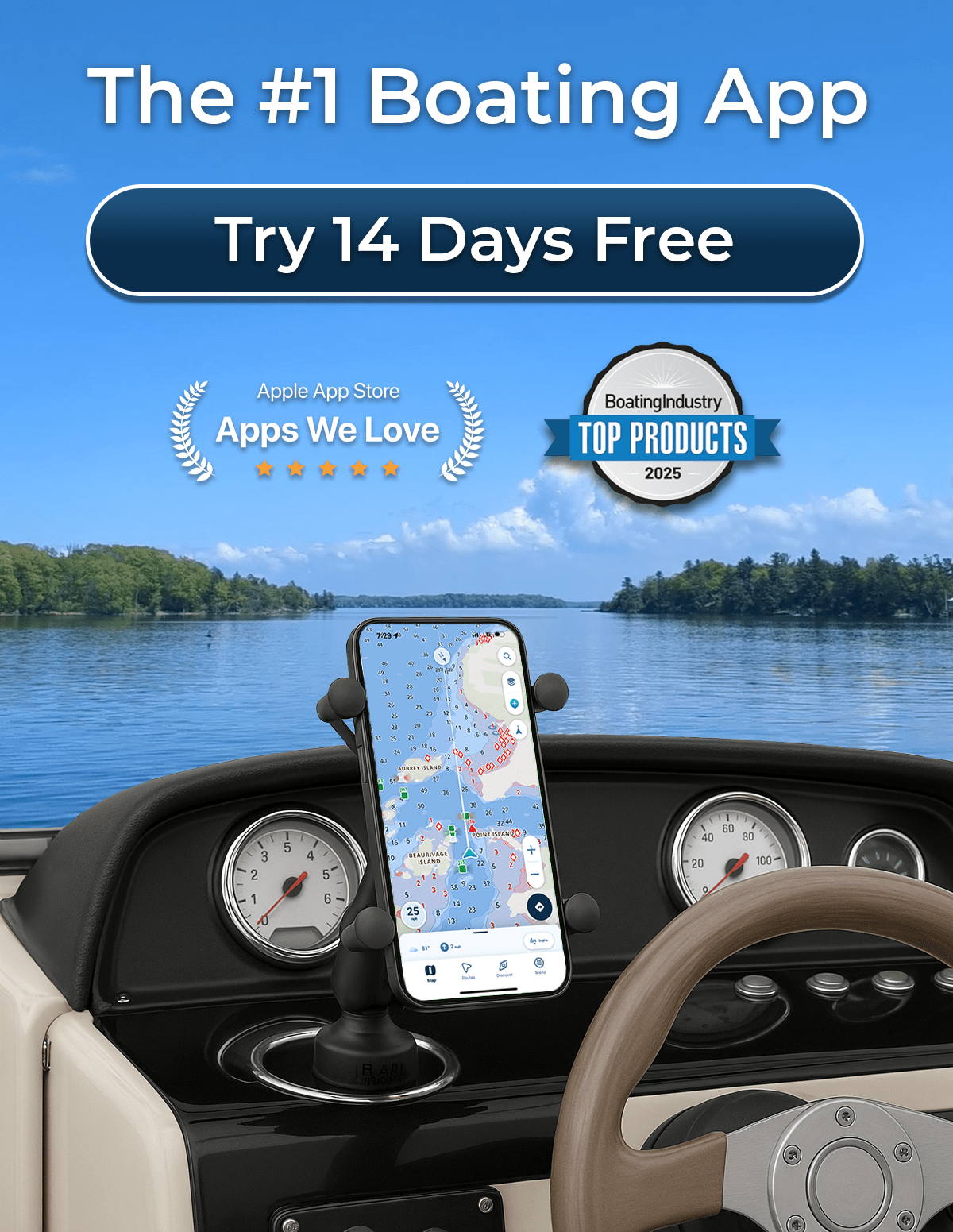
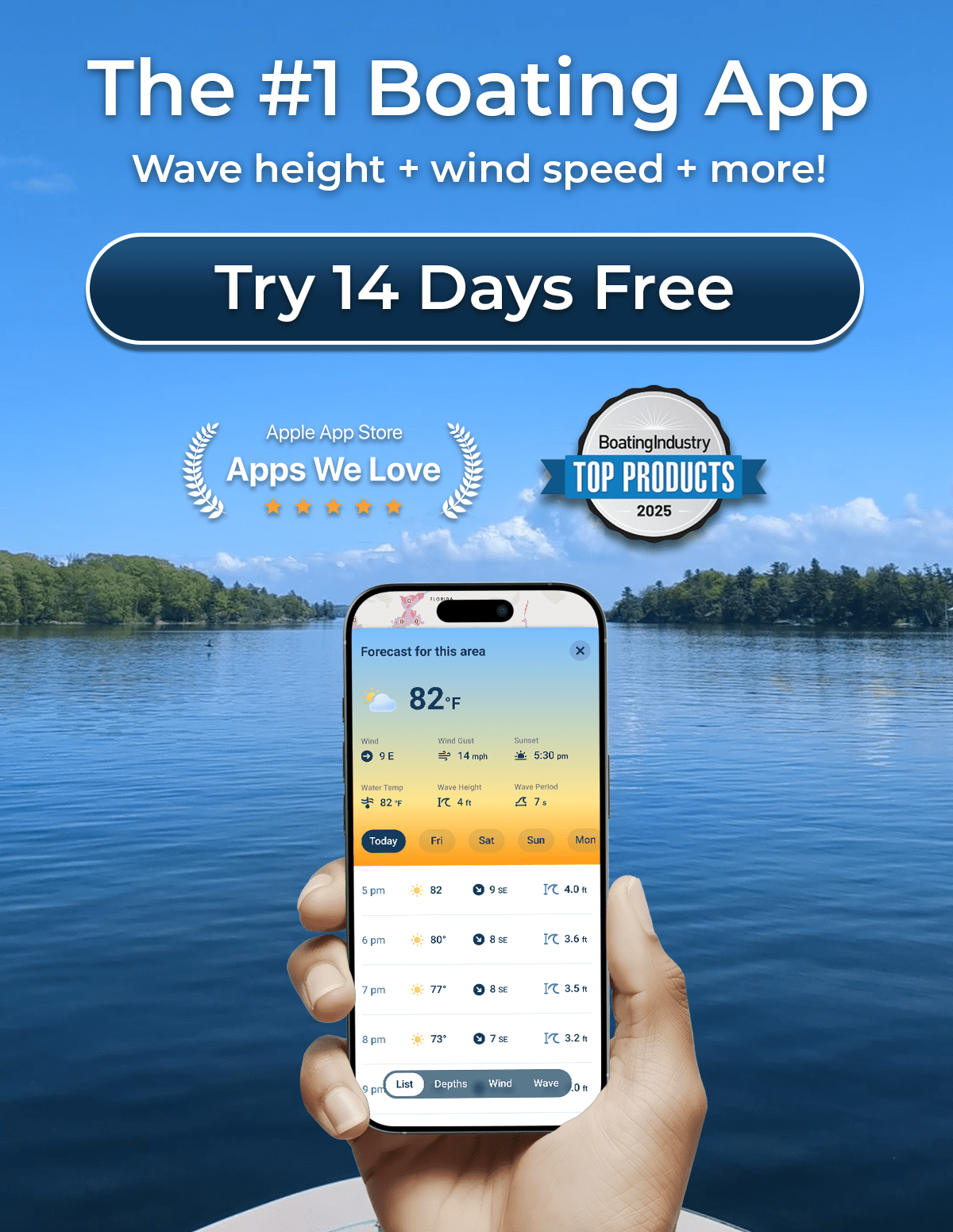



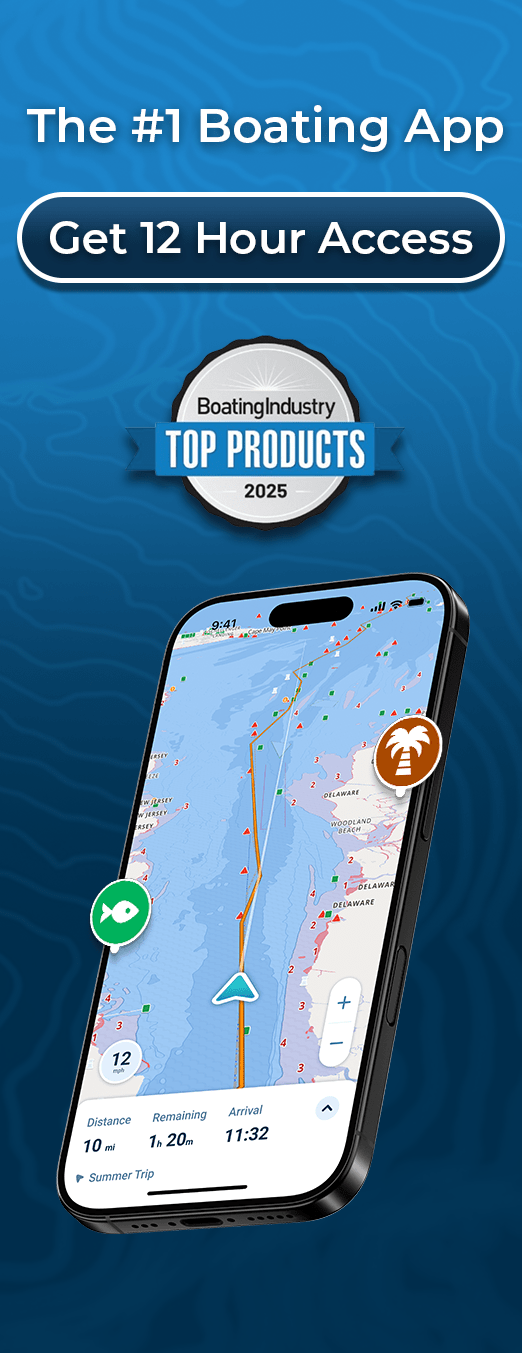

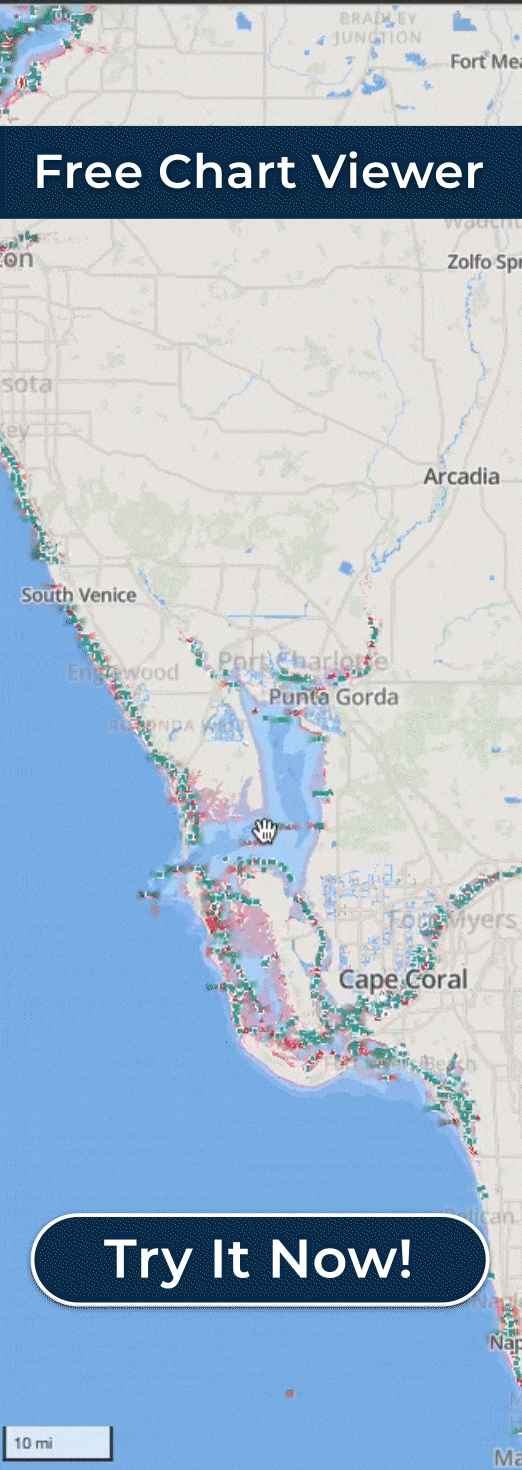
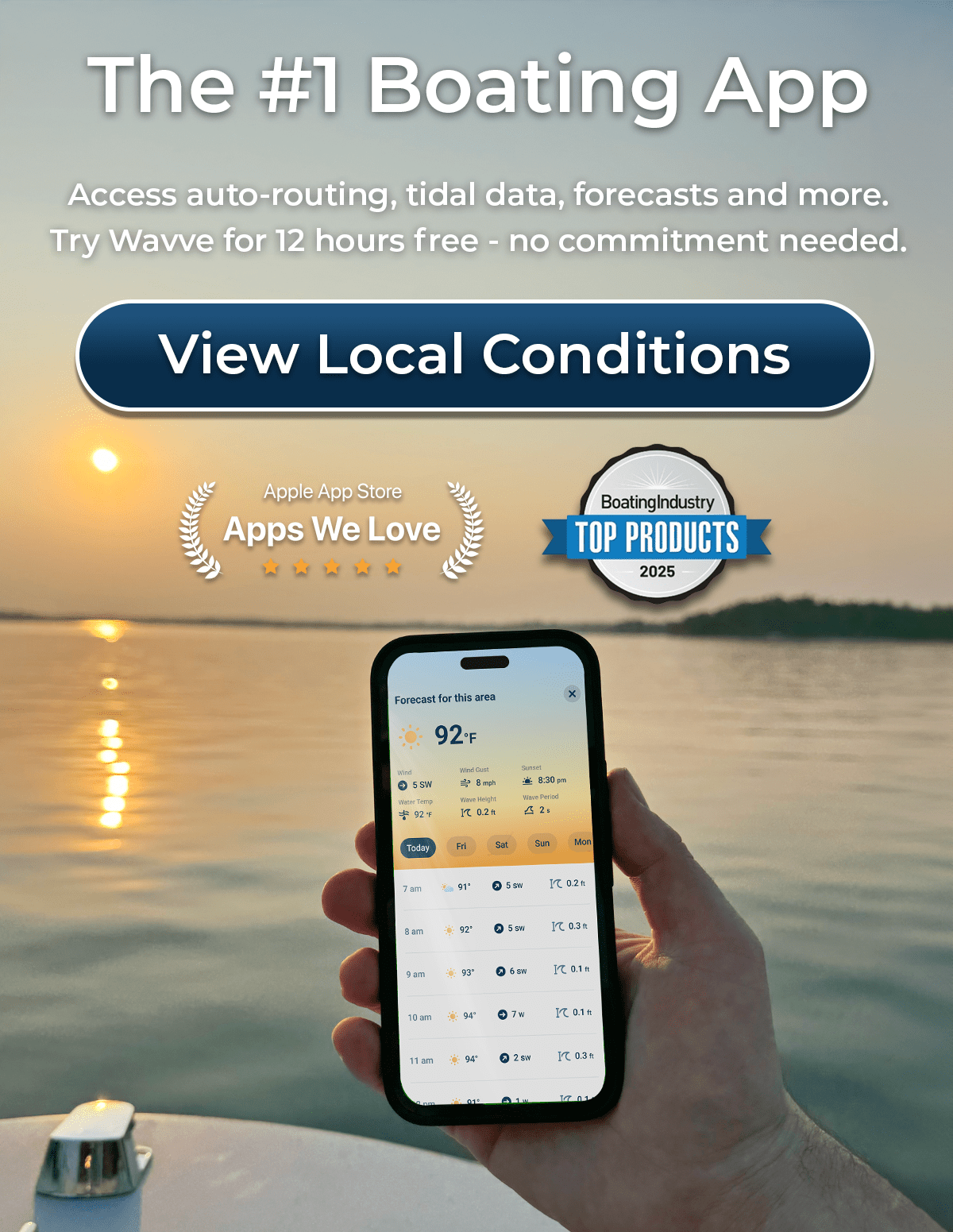
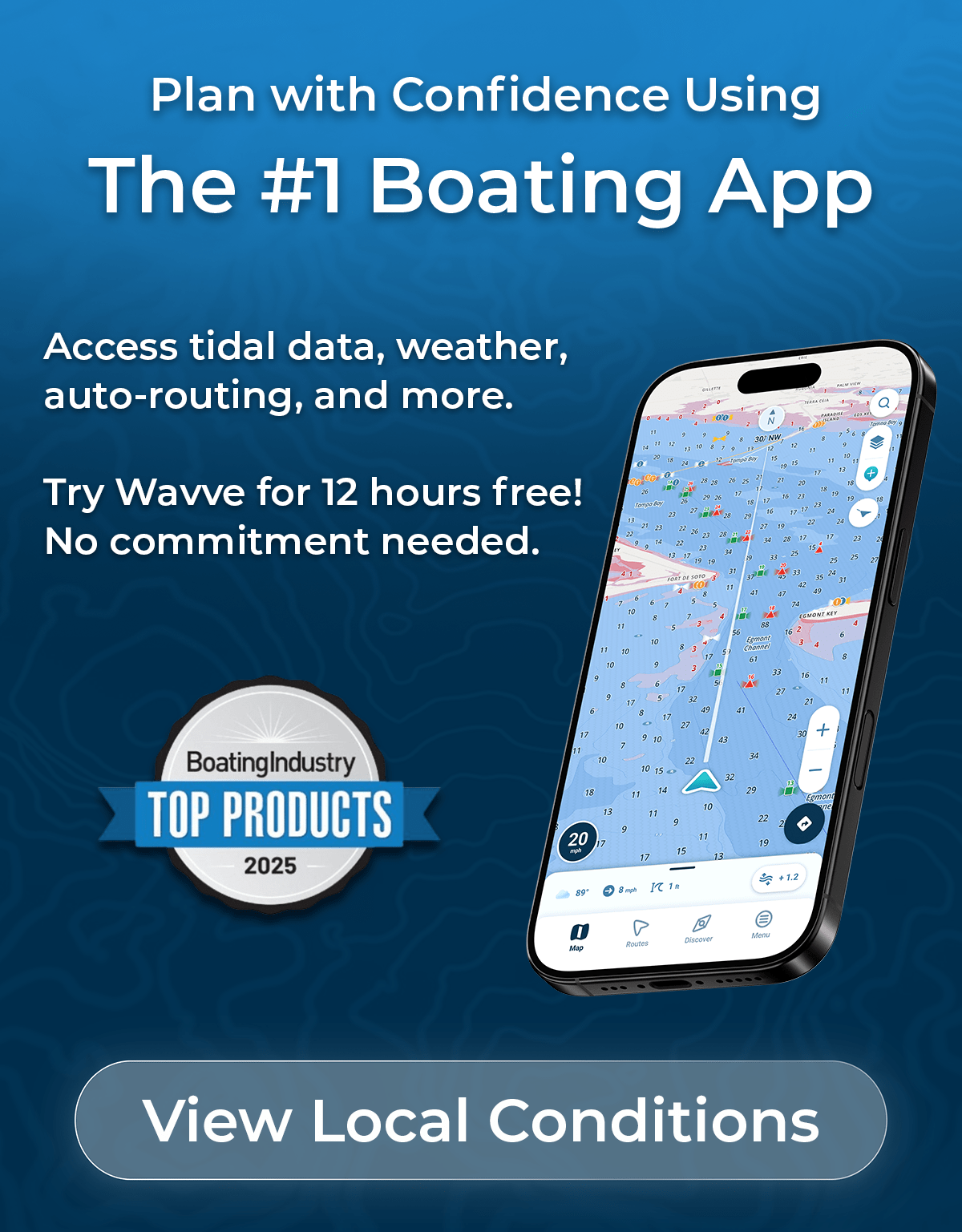
Leave A Comment